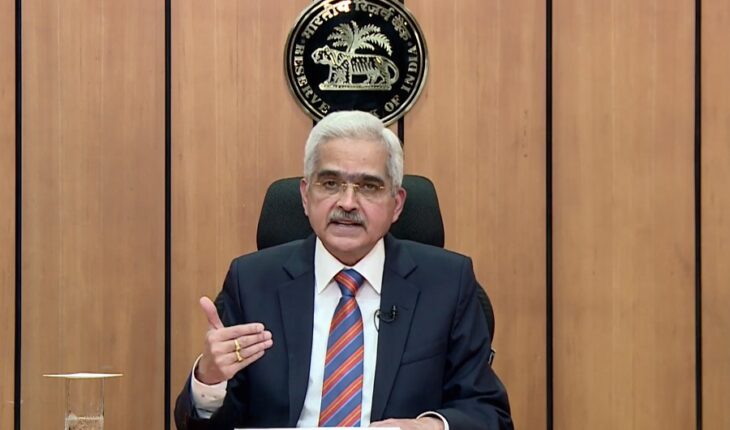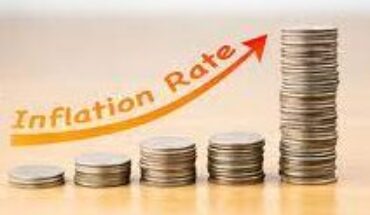The Reserve Bank of India’s (RBI) recent decision, steered by its Monetary Policy Committee (MPC), to maintain its policy rate is a strategic gamble. This move is particularly intriguing when juxtaposed against the MPC’s upward revision of its inflation forecast. A mere two months ago, the MPC projected a 5.1% average inflation based on the Consumer Price Index for the fiscal year ending in March 2024. This forecast has now been adjusted upwards by 30 basis points to 5.4%. A significant factor in this revision was the unexpected surge in tomato prices, which propelled the inflation projection for the July-September quarter up by a notable 100 basis points to 6.2%. RBI Governor Shaktikanta Das recognized the transient nature of such price shocks but also cautioned against the potential destabilization of inflation expectations due to recurrent food price fluctuations. While the RBI rightly emphasizes the government’s role in timely supply-side interventions to mitigate such shocks, it’s undeniable that unchecked price instability can jeopardize macroeconomic stability and growth. The MPC’s commitment to a 4% inflation target is evident in its majority-backed policy stance, which emphasizes the gradual withdrawal of accommodation. In alignment with the MPC’s position, the RBI has temporarily mandated a 10% hike in the cash reserve ratio for banks. This move aims to absorb some of the excess liquidity in the banking system, which could otherwise fuel inflation. Das has assured a review of this increase by September 8, if not sooner, to maintain liquidity during the festive season. However, the MPC acknowledges potential inflation risks, including erratic rainfall, rising crude oil prices, and anticipated output price increases. While the RBI and the MPC have expressed their readiness to align inflation targets and anchor inflation expectations, their proactive intervention in the upcoming months will be the real test of their commitment to stabilizing the economy.
Policy rate to balance growth and inflation
Published Date: 12-08-2023 | 4:30 pm





